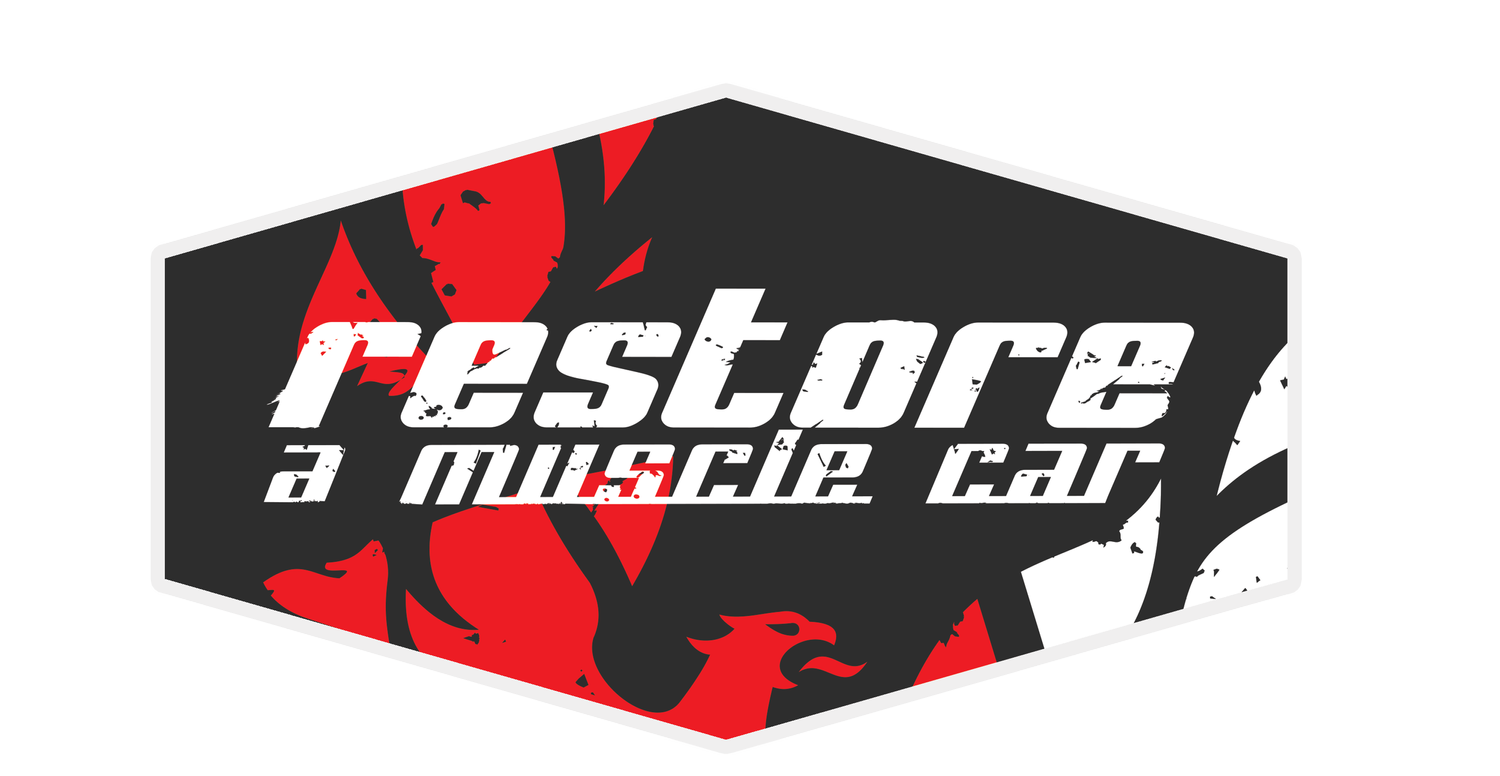How to Identify a True Classic Muscle Car: A Collector's Guide
For muscle car enthusiasts and collectors, distinguishing an authentic classic muscle car from a replica is crucial. Whether you're new to the world of muscle cars or an experienced collector, this guide will provide you with essential tips to help you identify a genuine classic muscle car.
1. Verify the VIN (Vehicle Identification Number) The VIN is a crucial tool for identifying a true classic muscle car. It provides information about the car’s make, model, and year of manufacture. Here’s what to look for:
Location: VINs are typically found on the dashboard, driver’s side door, or engine block.
Decoding: Use a VIN decoder specific to the car’s make and model to verify its authenticity.
2. Check for Original Parts and Components Authentic muscle cars often retain many of their original parts. When inspecting a potential purchase, consider the following:
Engine and Transmission: Verify if they match the original specifications.
Body Panels: Look for original body panels with matching numbers.
Interior Components: Check for original upholstery, dashboard, and other interior parts.
3. Historical Documentation Proper documentation is key to verifying a classic muscle car's authenticity. Essential documents include:
Original Sales Invoice: Provides details about the car's original purchase.
Build Sheets: Shows the car's factory specifications and options.
Service Records: Maintains a history of the car’s maintenance and repairs.
4. Consult Expert Appraisers If you're unsure about a car's authenticity, consulting an expert appraiser can be invaluable. They can provide a professional assessment and confirm whether the vehicle is a genuine classic muscle car.
5. Look for Signs of Restoration While restoration can enhance a muscle car’s appearance and performance, it’s important to distinguish between original and restored components. Here’s what to look for:
Paint Quality: Original paint may have minor imperfections, while restored paint often appears flawless.
Chassis and Undercarriage: Check for signs of welding or replacement parts.
Documentation of Restoration Work: Ensure there is a record of any restoration work done on the vehicle.

